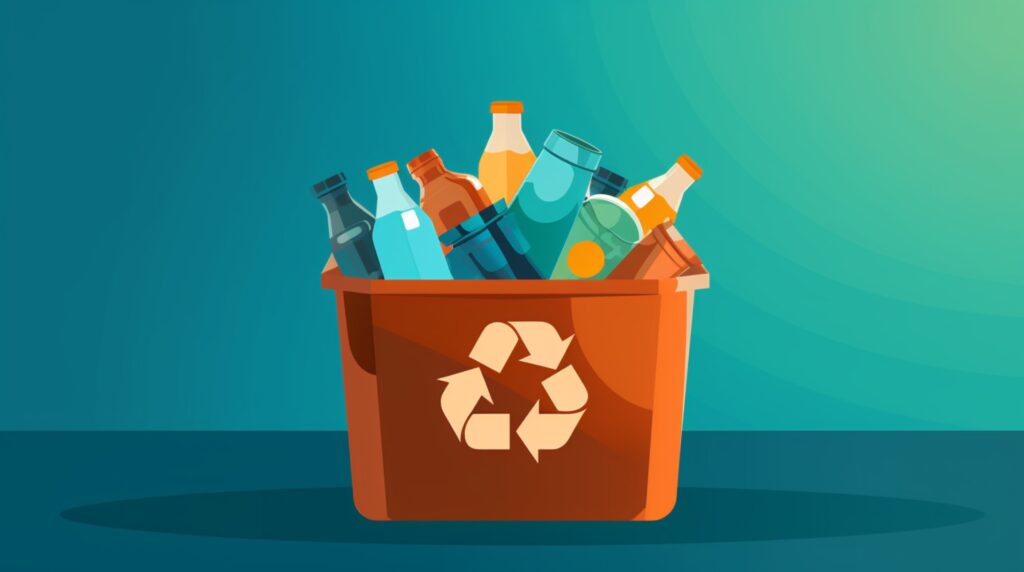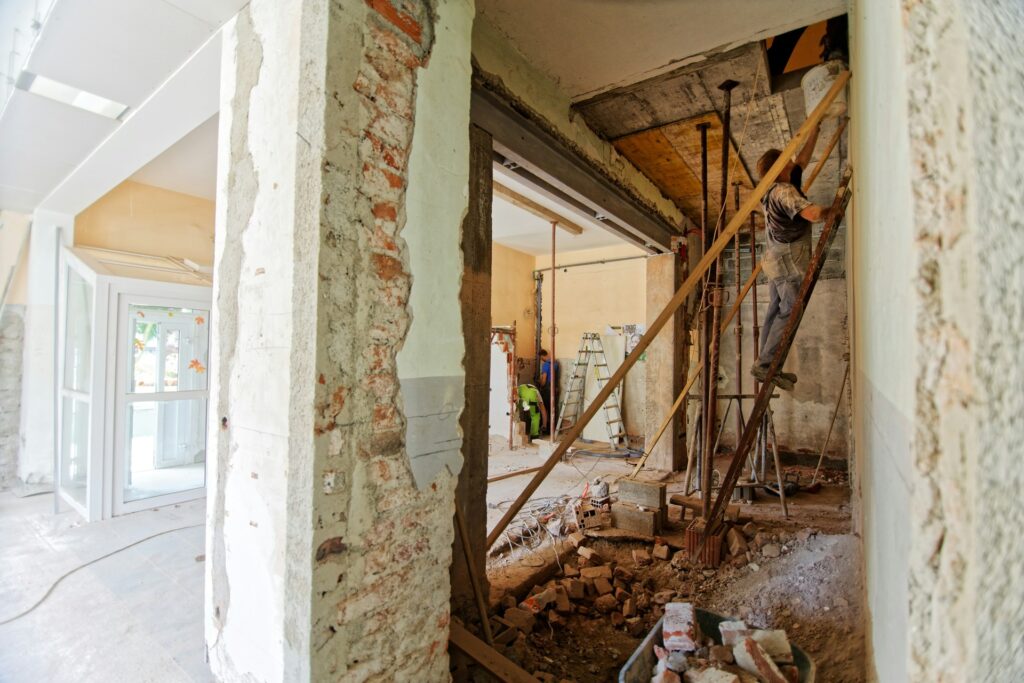
We are reader-supported. When you buy through links on our site, we may earn an affiliate commission.
As winter blankets homes in snow, homeowners must recognize the importance of roof snow removal. Accumulated snow can pose serious risks, from structural damage to costly repairs.
Here are practical and effective tips for maintaining a safe, damage-free roof in winter. These insights can help homeowners ensure their roof remains secure and well-maintained, even under extreme weather conditions.
Understanding the Risks of Snow Accumulation on Roofs
Heavy snow accumulation on roofs presents significant risks that homeowners should be aware of. The weight of the snow can strain the roof’s structural integrity, potentially leading to sagging or, in extreme cases, collapse. This risk is exceptionally high in older buildings or structures that can’t bear heavy loads.
Additionally, ice dams can form when snow melts and refreezes at the roof’s edge, preventing proper drainage. It can lead to water seeping under roof shingles and into the home, causing damage to walls, ceilings and insulation.
Proper roof snow removal is crucial in mitigating these risks. By regularly clearing the roof, homeowners can reduce the weight and stress on the structure. This action also aids in preventing the formation of ice dams by allowing for uniform melting and drainage.
It’s essential, however, to approach snow removal correctly, using appropriate tools and techniques to avoid damaging the roof and ensuring personal safety. Through diligent and proper maintenance, homeowners can protect their property from winter’s harsh impacts, preserving the integrity and longevity of their roofs.
Essential Tools for Roof Snow Removal
Here’s a list of essential tools and equipment for roof snow removal, along with tips for selecting the right ones:
- Snow rakes: These are extendable, lightweight tools that pull snow off the roof from the ground. Look for a rake with a telescoping handle to reach high areas and one with rollers or bumpers to prevent shingle damage.
- Roof shovels: Unlike regular shovels, these have a smaller blade and a long handle, making them suitable for clearing snow off roofs. Choose a plastic shovel over a metal one to avoid scratching the roof surface.
- Safety gear: It includes a safety harness, rope and anchor point for steep or high roofs. Non-slip boots and gloves are also essential for grip and protection against cold.
- Ladder with stabilizers: a sturdy ladder is necessary for accessing the roof. Use ladder stabilizers to ensure safety and prevent damage to gutters or eaves.
Selecting the right tools for roof snow removal is crucial for your safety and for preserving your roof’s integrity. Here are some tips to get you started:
- A roof shovel might be more effective for low-pitched or flat roofs, allowing you to remove snow thoroughly.
- On high or steep roofs, prioritize safety with a harness and use a snow rake to avoid climbing on the roof.
- In areas with light, fluffy snow, a rake is usually sufficient. However, a shovel might be necessary for heavy snow to handle the extra weight.
- Use tools with rubber or plastic edges for metal roofs to prevent scratching.
By selecting the right tools for your specific roof type and snow conditions, you can efficiently and safely remove snow, protecting your home from potential damage.
Pre-Winter Roof Inspection and Maintenance
Homeowners can’t overstate the importance of roof inspection and maintenance before winter. It’s a proactive step that can prevent significant damage and costly repairs. Here are the primary roof inspection and maintenance steps to prepare it for snowfall:
- Inspect the roof: Check for any signs of damage, including leaks, cracks or missing shingles. Even minor issues can become significant problems under the weight and moisture of snow.
- Clean the gutters: Ensure that gutters and downspouts are clear of debris. It helps to prevent ice dams by allowing melting snow to flow away from the roof efficiently.
- Trim overhanging branches: Cut back any branches hanging over the roof. Snow-laden branches can break and fall, causing damage to the material.
- Check insulation and ventilation: Proper attic insulation and ventilation prevent heat from escaping and melting the snow unevenly, which can lead to ice dams.
- Seal any leaks: If you find any leaks or weak spots during the inspection, repair them immediately to prevent water damage during winter.
Inspecting and maintaining your roof before the onset of winter can significantly reduce the risk of snow-related damage, ensuring your roof remains strong and secure throughout the season.
Step-by-Step Guide to Safe Snow Removal
Here’s a detailed step-by-step process for safely removing snow from the roof, including essential safety tips:
- Equip yourself with the right gear: War non-slip boots for better traction, gloves for grip and appropriate winter clothing. If you’re going on the roof, use a safety harness.
- Start with a snow rake for ground-level removal: Use a snow rake with an extendable handle to remove snow while standing on the ground. It is beneficial for single-story homes.
- Remove snow in layers: Don’t attempt to remove all the snow in one go. Remove a few inches at a time to avoid overexerting yourself and putting too much strain on the roof.
- Work from the edge: Begin at the roof’s edge and work upwards. This method helps prevent snow from piling up and causing additional strain on the roof structure.
- Clear vents and chimneys: Ensure that vents and chimneys are clear from snow to prevent blockages that could lead to dangerous gas build-ups inside the home.
- Maintain a safe distance from the edge: If you must go on the roof, stay at least a few feet away to prevent accidental falls.
- Never work alone: Always have someone nearby while working on the roof. Companions can assist you if needed and call for help in an emergency.
- Regularly clear ice dams: If ice dams form, remove them promptly using calcium chloride ice melt, and avoid using rock salt, which can damage the roof.
- Inspect the roof for damage after snow removal: Once you clear the snow, inspect the roof again for any signs of wear from the removal process.
By following these steps, you can effectively remove snow from your roof, minimizing the risk of accidents and preventing damage to your roof. Safety is paramount, so take your time and be cautious throughout the process.
Staying Ahead of the Snow
As you prepare for winter, it’s crucial to prioritize roof snow removal as a critical part of your home maintenance routine. Regularly clearing your roof safeguards your home’s structural integrity and ensures the safety and comfort of your family during the snowy months.
By taking proactive steps now, you can avoid costly repairs and enjoy peace of mind, knowing your home can withstand the challenges of winter. Remember, a little effort in snow removal goes a long way in preserving the longevity and health of your home.










